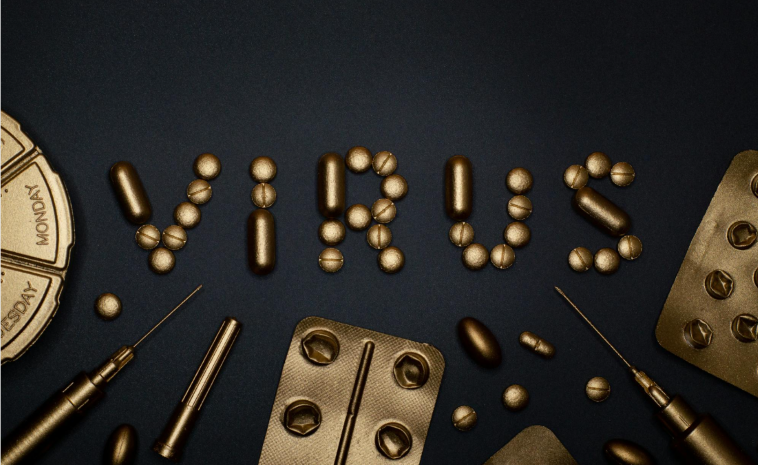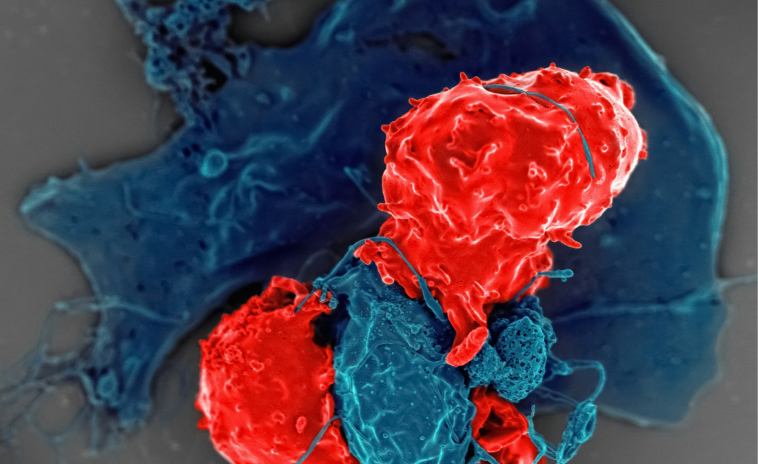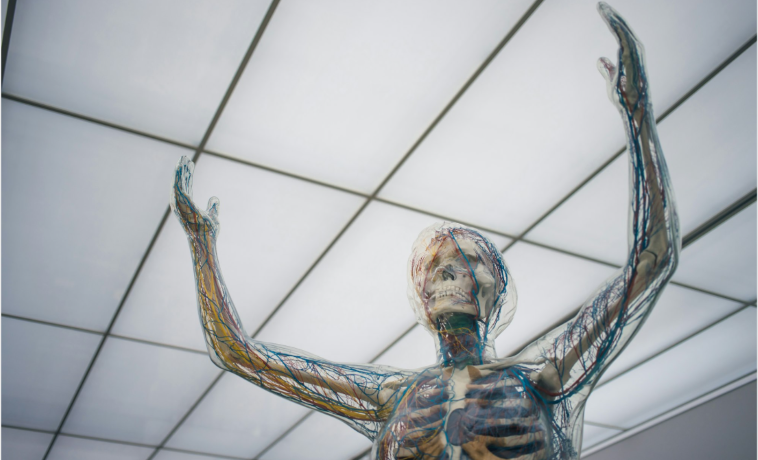What exactly is the immune system?

We have all studied some concepts related to this question. In fact, it’s an idea that has been circulating throughout the education system, right? We could all say our own learnings on this topic, yet we rarely wonder how it all started.
So, let’s go back in time when Ilya Ilitch Metchnikov discovered the basics of cellular defense, cellular immunity, and Emil von Behring and Shibasabura Kitasato introduced us to the world of antibodies, humoral immunity. It’s safe to say though that these are only young findings in the long history of the immune system.
The battle did not start there. The battle started on a completely different level, the level of nucleic acids, DNA and RNA, and it raged there until there were neither cells nor antibodies.
In 1950, Mary Human worked for the already respected professor Salvador Luria, an Italian émigré in the USA, who fled the madness of World War II.
Mary worked on bacteriophages – viruses that attack bacteria. A bit confused, Mary forgot one day to grow the Escherichia coli bacteria that she used in the research. She decided to use the bacterium Shigella dysenteriae, the cause of intestinal infection, in the experiment instead.

Mary studied the bacteriophage T2, which had changed unusually in the bacterium Escherichia coli. By growing in it, instead of killing the bacterium, the T2 bacteriophage would barely succeed in infecting new Escherichia.
That day, as it ingested the Shigella dysenteriae bacteria, the T2 bacteriophage grew happily again. According to all measurable characteristics at that time, that bacteriophage did not change during the walk between those two types of bacteria.
So, in a way, sloppiness and distraction created biotechnology.
Long-term work began to find out why this happened, and several groups around the world tried to find an answer to that question.
The discovery completely changed not only our perception of the immune system but revolutionized biotechnology and significantly accelerated new discoveries.

Long before the existence of eukaryotes, which includes humans, there were bacteria and archaea, but there were also viruses that attacked them.
They had to develop a defense, but the defense could not even theoretically be similar to ours. They were one cell; they couldn’t have the luxury like us people of cell lines responsible only for defense. They couldn’t even create antibodies.
The battle was to be won at the level of DNA and RNA.
Bacteriophages contain DNA (rarely RNA), and bacteria have created enzymes that can cleave viral DNA when they recognize specific DNA fragments.

If you cut a virus’s DNA, the logic was simple, you would kill it. This concept really works great.
But the question arises, how did they protect their own DNA from being degraded as viral DNA?
Surprise, surprise. Bacteria found a way! They protected their own DNA by chemically altering it.
What an exciting idea, isn’t it? But how does this process truly happen?
Luckily, we have all the answers waiting for you in the second part of this cool topic, so don’t forget to check it in the upcoming weeks to learn more about the immune system!

